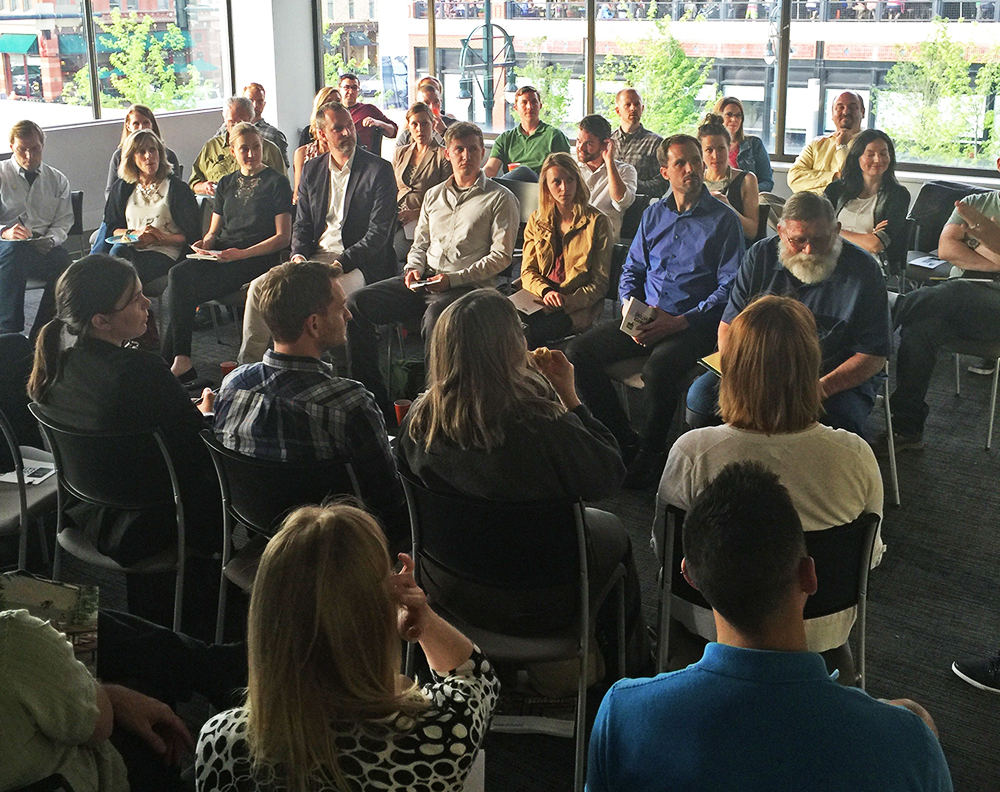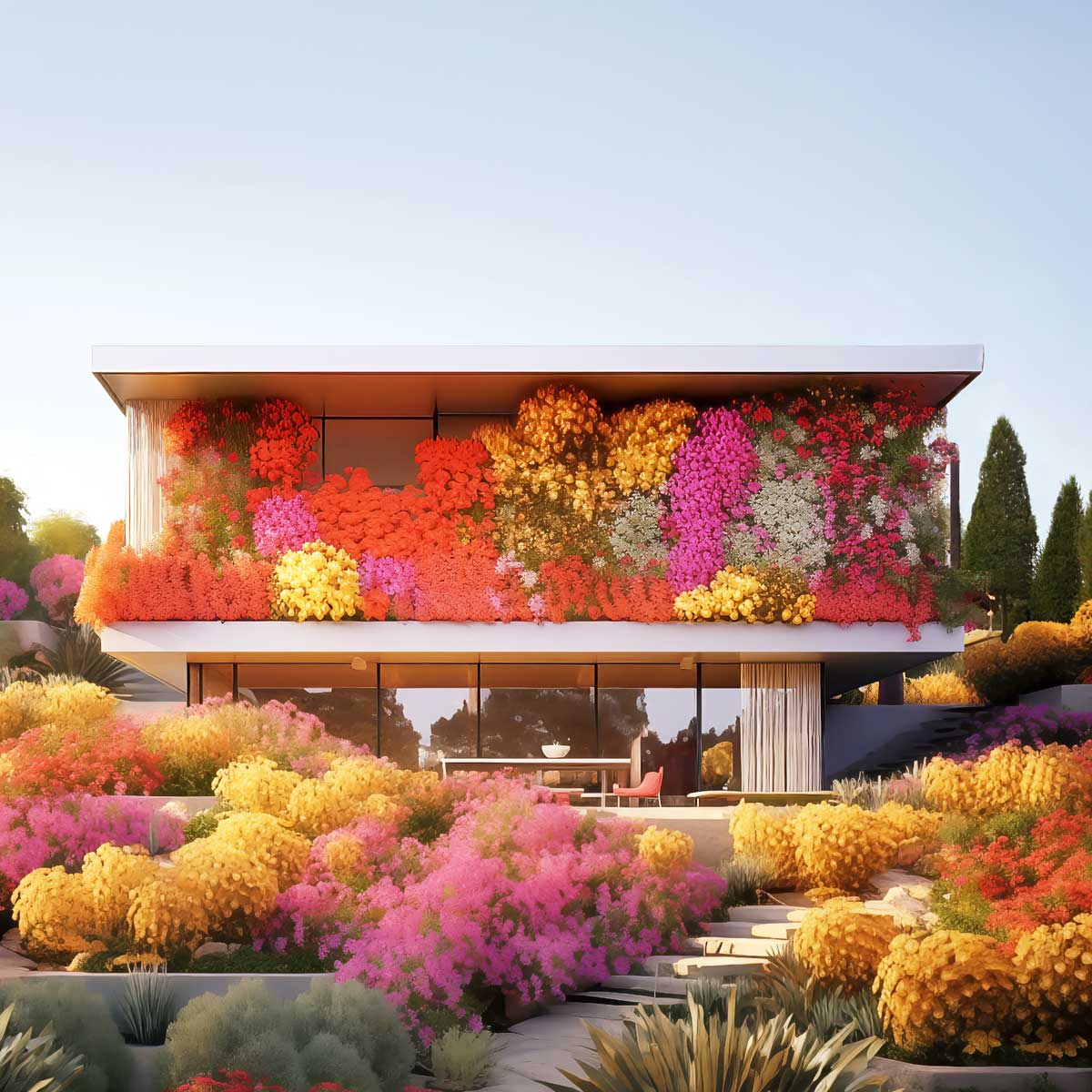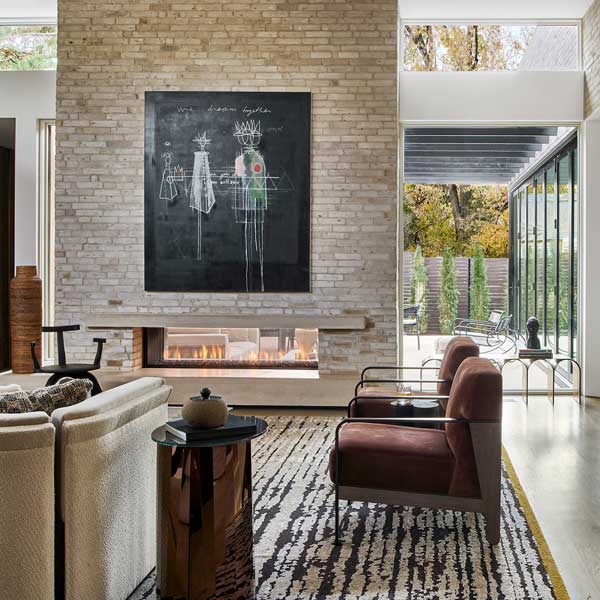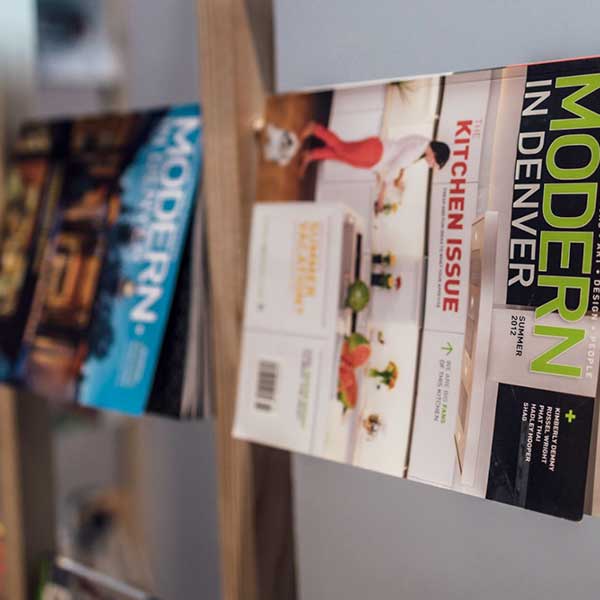Our Modern In Denver spring Design Conversations event took took place May 5 at CU Denver College of Architecture and Planning. Rick Sommerfeld opened the topic “Bridging Architectural Theory and Practice” based on his op-ed published in Modern In Denver. Attendees participated in a group conversation to explore his position further and to discuss design-build education. We’ve compiled a variety of resources for you to dive in deeper on the topic and encourage you to continue the conversation.

LEARN MORE
BOOKS
- Public Interest Design Practice Guidebook: SEED Methodology, Case Studies, and Critical Issues
- Rural Studio at Twenty: Designing and Building in Hale County, Alabama
- Studio at Large: Architecture in Service of Global Communities
- The Thinking Hand: Existential and Embodied Wisdom in Architecture
- Local Architecture: Building Place, Craft and Community
- People Analytics: How Social Sensing Technology Will Transform Business and What It Tells Us about the Future of Work
WEBSITES
Rural Studio
Rural Studio is an undergraduate program of the School of Architecture, Planning and Landscape Architecture at Auburn University.
Studio 804
Studio 804, Inc. is a not-profit corporation committed to the continued research and development of sustainable, affordable, and inventive building solutions. The goal of each year is to provide students an experience encompassing all aspects of the design and construction process: from working with building code and zoning officials to hiring third party inspectors, from communicating with engineers and neighborhood associations to signing contracts, from doing estimates to driving nails.
Colorado Building Workshop at CU Denver College of Architecture and Planning
The program centers on the practical application of architectural theory and promotes a blend of hands-on skills, creative design, and cutting edge materials to construct buildings for communities in need. Collaboration is the core principle of the design-build program.
VIDEOS + LECTURES
Citizen Architect
PechaKucha: Design-Build Teaching and Learning
ARTICLES + ESSAYS
“Why Every Public School Should Have A Design-Build Program”
“What Architecture Schools Get Wrong”
SOUNDBITES FROM THE DESIGN CONVERSATIONS EVENT
- We will not compromise. I want to do interesting architecture, and design build allows that.
- How older generations think is not how new ones think. The idea of a single author or ego isn’t there as much.
- This is a generation into Uber, community, micro housing, recycling through things vs. owning them—a community of renters. The idea of what older generations think is not how new generations think. It will be interesting to see if developers catch up on it.
- If we can educate consumers on the value of good design, clients will begin to demand better quality.
- As architects, we adopt late. The next thing you’ll see in architecture are analytics to prove our spaces work—prove to our clients that our projects perform, whether that’s through energy use or neuro-architecture.
- We are selling students a false set of expectations. Who has that opportunity? Being innovative takes money and time.
- The huge difference between design build in school vs. work is that the liability is soul-crushing.
- Isn’t it your responsibility to incorporate theoretical side into practice rather than being soul crushed left and right?
- The essence of design is problem solving.
- Design build education makes students responsible for what they’re designing and thinking. It’s a live problem-solving studio.
- Architecture is not architecture in the standard form anymore. You need to think on your feet and apply that to other areas.
- The most beneficial thing is to make yourself uncomfortable—look at architecture in a different way. Think differently.
- If we send traditional students into this profession, their careers are going to be very short. Teach architecture students life skills, not just vocational skills.
- We’re trying to push the envelope. Nothing we do is conventional. We are teaching our students to be thinkers. Whether right or wrong, we are teaching them to engage.
- We try to transition students into the profession to create more value—developers can’t take that way. And it’s on us. Ho do we work within the system and be smart within those constraints?
- Taking something from concept to reality makes you much more employable. Those who find jobs first have hands-on education and construction experience.
- Today’s architecture students are thirsty looking for ways to engage the community. Millennials have a unique ability to want to give back to the community.
- Regarding traditional architecture education, it’s important to get outside and talk to interior designers, industrial designers, and the engineering school. Coming straight out of school without that hands-on knowledge, you end up disconnected.
- Begin to understand that your project today is way more complicated. The idea that one person can create something all on their own is a fallacy—or it’s not going to be very interesting.
- One concern with this is the standards are such a burden that they will crush you. There becomes a point that the time learning the creative process becomes essential. I’m looking for people who have creative abilities. I can teach the practical side.
- The passion of design is to put your hands to it—not to just push keys.
DISCUSSION PROMPTS
Let’s keep this going! Whether in your office or over dinner, continue talking about quality design. To help, here are some discussion prompts:
- What are the chief benefits and limitations of a design build education?
- What’s wrong—or right—with other educational models?
- How have advances in technology affected the day-to-day practice of architecture? Do higher education curricula reflect those changes?
- Are today’s architecture graduates better equipped to join the workforce than their predecessors or less so? In what ways?
- The design build program at CU Denver brings students into direct contact with clients, consultants, and contractors. How might that exposure impact their approach to design?
- It’s estimated that more than 70 percent of collegiate architecture programs have some form of design build in their curricula, mostly as a supplement to traditional course work. Is it really necessary to increase that representation? Why?
- What deficiencies are today’s architecture firms seeing from new graduates? What strengths? And how do these differ from previous generations?
- In addition to formal education, what tools and resources can better equip new architects?
- What about continuing education? Are licensed architects getting the right professional development?
MORE EVENTS
Save the date! Our next Design Conversations event takes place on November 17. Better yet, subscribe to our newsletter to be the first to know about Modern In Denver events.




